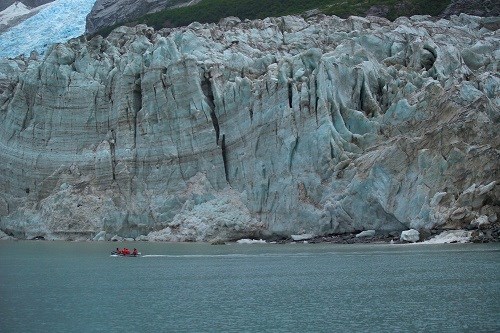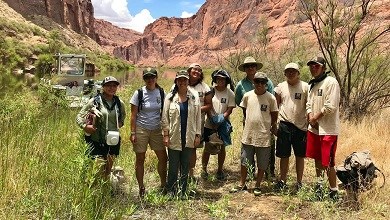Last updated: March 30, 2023
Article
Citizen Scientists & Corps Members: The Next Generation of NPS

NPS Photo/Jim Pfeiffenberger

NPS Gallery *Images credited to NPS without any copyright symbol are public domain
Targeting young generations is especially important when trying to get people to spend time outside, to learn, and to care. Kids and young adults are spending more and more time inside, in the virtual world, instead of building a relationship with the natural world. Climate change is a multigenerational issue. Caring for our planet is a forever project, beginning with love. In the words of a service corps member, Annina, “How can you mourn something you’ve never known?”. In the panel discussion “The Future of Conservation: Engaging the Next Generation of Public Land Leaders”, it was mentioned that the median employee age at NPS is 50 years old. We can not afford to age out of conservation. That is why initiatives like the Corps Network and its partnership with NPS are so important. The program leads conservation projects but is also a conservation project in and of itself. It instills environmental and leadership values in the next generation of stewards, the most vital step in caring for our planet. I enjoy being a part of NPS because I am a part of this mission to keep humans connected to their environments and aware of their ecological responsibilities.
Article written by Jadyn Pando
for "A Day in the Life of a Fellow" Article Series
National Park Service - Workforce Management Fellow
in Partnership with Northwest Youth Corps
